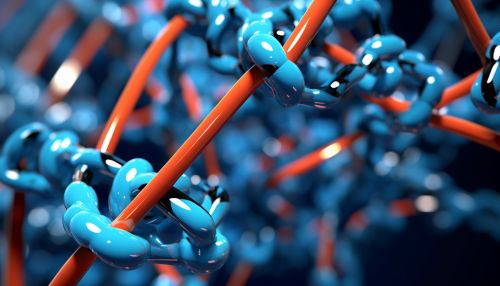Apolipoprotein E
Overview
Apolipoprotein E (ApoE) is a class of proteins involved in the metabolism of fats in the body. It is essential for the normal catabolism of triglyceride-rich lipoprotein constituents. The ApoE gene is mapped to chromosome 19 in a cluster with Apolipoprotein C1 and the Apolipoprotein C2.
Structure
ApoE is a 299-amino acid protein with a molecular weight of approximately 34 kDa. The protein has a glycosylated, sialic acid-containing component, which is important for its biological functions. The protein structure of ApoE is divided into two major domains: the N-terminal domain, which binds to lipoprotein particles, and the C-terminal domain, which contains the lipid-binding region.


Functions
ApoE plays a crucial role in lipid metabolism by mediating the binding, uptake, and clearance of lipoprotein particles. It can serve as a ligand for the low-density lipoprotein receptor (LDLR) and the LDL receptor-related protein (LRP). ApoE is also involved in immune regulation and nerve regeneration.
Genetic Variants
There are three major isoforms of ApoE in humans: ApoE2, ApoE3, and ApoE4. These isoforms differ by two amino acid substitutions at positions 112 and 158. ApoE3, the most common isoform, is considered the "neutral" isoform. ApoE2 has a lower binding affinity for LDL receptors, while ApoE4 has a higher binding affinity.
Clinical Significance
ApoE is clinically significant as it is strongly associated with both familial and sporadic forms of Alzheimer's disease. Levels of ApoE4 are correlated with the risk of developing Alzheimer's disease. ApoE2 is associated with Type III hyperlipoproteinemia, a disorder characterized by the accumulation of chylomicron remnants, and with an increased risk of atherosclerosis.
